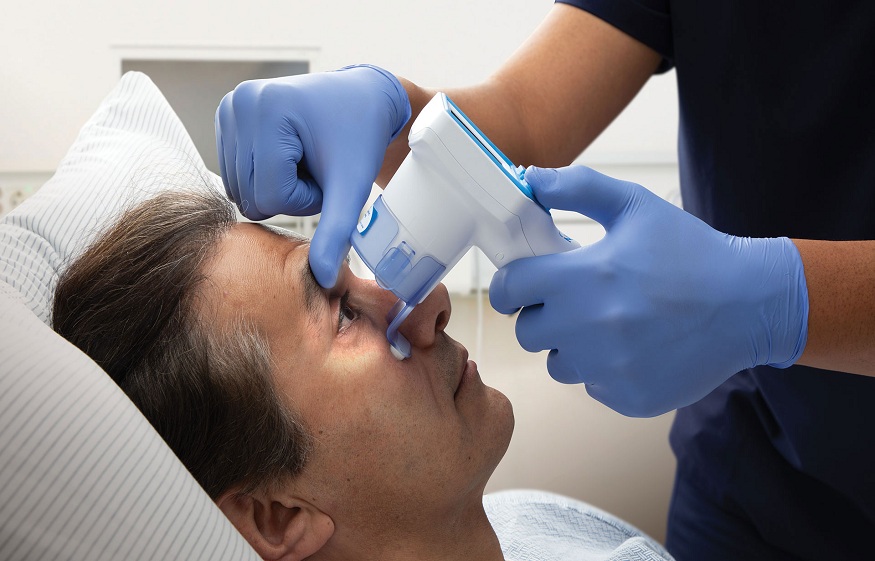
Pupil assessment has always been crucial in determining neurological function. However, new studies reveal that there is much more we can learn from it than initially thought. Although pupil assessment is often thought of in terms of basic pupil diameter measurement, such as size and reaction speed, there are lots of other interesting facts about this diagnostic technique that few people know about.
In this blog post, we will consider five amazing facts about pupil assessment that demonstrate its complexity and wide-ranging implications.
Pupillary Reaction as an Indicator of Neurological Health:
Pupils go beyond mere signs of light and dark adaptation, as they give important clues regarding the status of neurological wellness. The latest studies have revealed the relationships between different neurological diseases, such as stroke and traumatic brain injuries, among others, and the way pupils respond. Physicians can, therefore, collect important diagnostic information by examining how small changes in size, responsiveness, and dynamics occur in patients’ pupils suffering from any form of these disorders in the pupillary light reflex exam.
Pupillometry, The Science of Pupil Measurement:
The quantitative evaluation of the characteristics of pupils, pupillometry, has become one of the most effective instruments in today’s medical practice. Advanced pupillometry devices utilize state-of-the-art technology to capture detailed measurements of pupil size, reactivity, and dynamics. These numerical appraisals supply physicians with an objective means to keep a check on neurological functionalities, direct treatment options, and follow up with the development of patients over a period.
Pupillary Unrest: A Peek into Cognitive Load:
According to recent studies, an interesting relationship exists between pupillary unrest – involuntary changes in the size of the eye’s aperture – and cognitive load. When people perform cognitive activities like thinking and remembering, their pupils change size continuously but slightly; this is called pupillary unrest. By observing the course of pupillary unrest, scientists have succeeded in defining mental workload intensity, concentrating attention, and mental exertion levels regarding different tasks, thus suggesting their significance for educational and vocational environments with the pupillary neuro exam.
Pupil Dynamics in Emotional Processing:
Scientists have been fascinated by the complex relationship between pupillary dynamics and emotional processing. According to research, changes in emotional arousal, e.g., joy, fear, or sadness, result in changes in the size and responsiveness of the pupils. These discoveries demonstrate that the autonomic nervous system plays a role in adjusting pupil reactions to stimuli in the pupil exam associated with different types of feelings, enabling us to view how thinking, emotion and physical arousal are interconnected.
Pharmacological Agents and Pupil Response:
Artificial chemical substances, from sedatives and opioids to antidepressants and stimulants, can significantly affect the size and responsiveness of the pupil. Doctors apply them in various medical environments to assess anesthetic control, pain relief, and even mental health studies. Clinicians can measure how effective a medication is, watch out for its side effects, and make necessary adjustments for specific patients based on this observation by looking at changes in how pupils behave after administering drugs.
Conclusion:
Pupil evaluation, once limited to basic neurological tests, is now a versatile tool used in many clinical and scientific settings. A study of pupils can lead to understanding many things about the human body and mind. This ranges from brain conditions to emotional processing. This research is very interesting because it encompasses so much physiology and behavior. With the continuous development of technology, including neurological tools, and the growing understanding of how pupils work, innovation and discovery in this field are unlimited in the future.
Contribution of NeurOptics
NeurOptics provides the most advanced pupillometry solutions for improving patient care and diagnosing neurological conditions. Neuroptics provides doctors with high-tech eye pupil measuring devices like Npi-300 and wide-ranging teaching in enhancing the brain health examination process and elevating sick persons’ state across various hospital departments with a dedication to introducing new ideas, accuracy, and outstanding quality.
Helping health professionals understand pupils better ensures that patients have a high chance of recovering from various illnesses within various medical facilities.

